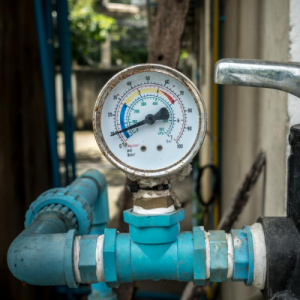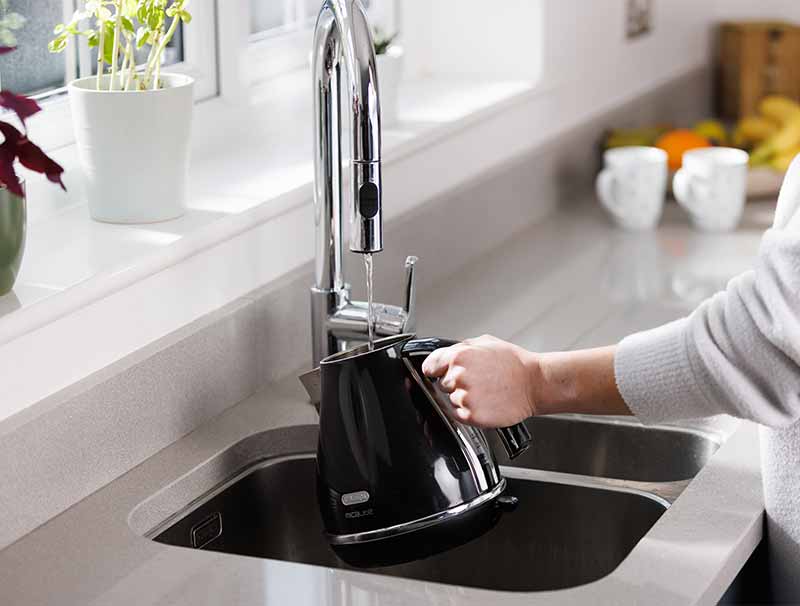Your In-Depth Instruction to Resolving Low Water Pressure in Your Home
Your In-Depth Instruction to Resolving Low Water Pressure in Your Home
Blog Article
This great article directly below relating to 9 Reasons for Low Water Pressure in Your House is particularly informative. Check it out yourself and decide what you think about it.

Low tide stress in your house can be an irritating problem, affecting whatever from bathing to cleaning dishes. If you're experiencing weak water flow, there are numerous feasible reasons and solutions to check out. In this overview, we'll talk about typical reasons for low water pressure and functional actions to resolve the concern efficiently.
Introduction to Low Tide Pressure
Low water stress takes place when the circulation of water from your faucets, showers, and various other components is weaker than usual. This can make day-to-day tasks more tough and less efficient. Recognizing the sources of low tide stress is important to locating the right service.
Typical Sources Of Low Water Pressure
Faulty Stress Regulators
Pressure regulatory authorities are in charge of keeping regular water pressure in your home. If they malfunction, it can cause low tide stress or irregular circulation throughout your house.
Metropolitan Water Issues
In some cases, the problem exists outside your home. Local water supply concerns, such as main line leaks or upkeep work, can momentarily lower water stress in your area.
Pipeline Obstructions
Gradually, pipes can come to be obstructed with natural resource, sediment, or debris, restricting the circulation of water. This is a common issue in older homes with galvanized steel pipelines.
Rust
Rust within pipes can lead to leakages and decreased water pressure. Rust accumulation can restrict water circulation, especially in aging plumbing systems.
Just How to Diagnose Low Water Pressure
Checking Pipes
Evaluate visible pipelines for signs of leakages, deterioration, or blockages. Focus on any type of unusual audios, such as banging or rattling pipelines, which could suggest issues within the plumbing system.
Consulting with a Plumber
If you're incapable to determine the root cause of low water pressure, consider hiring an expert plumber to perform a detailed assessment. They can identify underlying concerns and recommend proper solutions.
Checking Faucets and Components
Begin by examining the water stress at different taps and fixtures throughout your home. If the concern is isolated to details locations, it might show localized problems.
Do It Yourself Solutions to Fix Low Tide Pressure
Flushing Hot Water Heater
Sediment buildup in the hot water heater can restrict flow and minimize efficiency. Flushing the tank periodically aids remove debris and keep optimal performance.
Inspecting Stress Regulatory Authority
Make certain that the pressure regulator is working properly. Adjusting or replacing the regulator can assist bring back correct water pressure throughout your home.
Cleaning Up Aerators and Showerheads
Natural resources can gather in aerators and showerheads, minimizing water flow. Get rid of and clean these components frequently to improve water stress.
Clearing Up Clogs in Water Lines
For small clogs, try making use of a plumbing serpent or chemical drainpipe cleaner to clear blockages in pipelines. Be cautious when using chemicals and follow security guidelines.
When to Call an Expert Plumber
If DIY initiatives fail to deal with the concern or if you believe considerable plumbing troubles, it's finest to seek aid from a licensed plumber. They have the experience and devices to attend to complex concerns securely and properly.
Preventive Measures to Keep Water Pressure
Installing a Pressure Booster
Think about setting up a stress booster pump to boost water pressure in areas with constantly low circulation. This can be specifically helpful for multi-story homes or residential properties with high-demand components.
Surveillance Water Usage
Be mindful of water use habits and avoid overtaxing the plumbing system. Easy changes, such as incredible showers and washing lots, can assist keep adequate water pressure.
Regular Maintenance
Schedule regular maintenance for your plumbing system to stop problems such as deterioration, leaks, and blockages. Dealing with minor problems early can help stay clear of even more substantial repair services later on.
Final thought
Taking care of low tide pressure can be aggravating, yet determining the underlying reasons and applying suitable services can restore optimum flow throughout your home. Whether it's cleaning up aerators, examining pipes, or talking to a plumber, taking positive actions can make certain a steady supply of water for your day-to-day requirements.
FOUR WAYS TO FIX LOW WATER PRESSURE NOW
Turning on a shower or faucet only to find the water comes out in a sad, slow drizzle is never a good feeling. How exactly are you supposed to wash a pan or take a quick shower when it takes 10 minutes just to rinse off a little soap? The good news is that when your water pressure is bad, there's always a cause: typically one that can be easily fixed. Here are some of the most common causes of low pressure and what you can do to fix the issue:
DEBRIS AND MINERAL DEPOSIT BUILDUPS
If you notice low water pressure from just one or two of the fixtures in your house, the problem likely has to do with debris buildup. Water is full of minerals and other debris, all of which can accumulate in your pipes and on your fixtures. This can cause a blockage that affects how much water flows through. To fix this, try filling a small plastic bag with white vinegar, and use a rubber band to hang it around your showerhead or faucet. Let the head of the fixture soak for a few hours, and the vinegar should loosen the deposits.
WATER LEAKS
Leaks are another common cause of low water pressure. If water is flowing out of your plumbing through a hole or crack before it can reach your fixture, the pressure coming out of the faucet or showerhead will be lower. A plumbing professional is your best bet for finding and repairing a leak in your water supply pipes.
Leaks are another common cause of low water pressure. If water is flowing out of your plumbing through a hole or crack before it can reach your fixture, the pressure coming out of the faucet or showerhead will be lower. A plumbing professional is your best bet for finding and repairing a leak in your water supply pipes.
A VALVE ISSUE
If you have low water pressure throughout your home, check your main shut-off valve to make sure it's completely open. You may also want to see if there's a pressure-reducing valve installed. If there is, have a plumber help you adjust the settings to get the pressure you're looking for.
OTHERS USING WATER
Believe it or not, your low water pressure could be caused by your neighbors. If you notice low pressure at certain times of day, it may be because you and the people living next to you have similar schedules - when everyone is showering at the same time, the pressure will be lower in every home. Low pressure throughout the neighborhood may also be caused by an issue with your municipal water supply. If that's the case, call the supplier to see if they're working on the issue.
https://www.rotorooter.com/blog/water-leaking/low-water-pressure-fixes/

I'm certainly very fascinated with 9 Reasons for Low Water Pressure in Your House and I'm hoping you appreciated the piece. If you enjoyed our post plz do not forget to share it. Thanks a lot for being here. Please check our site back soon.
Click Here Report this page